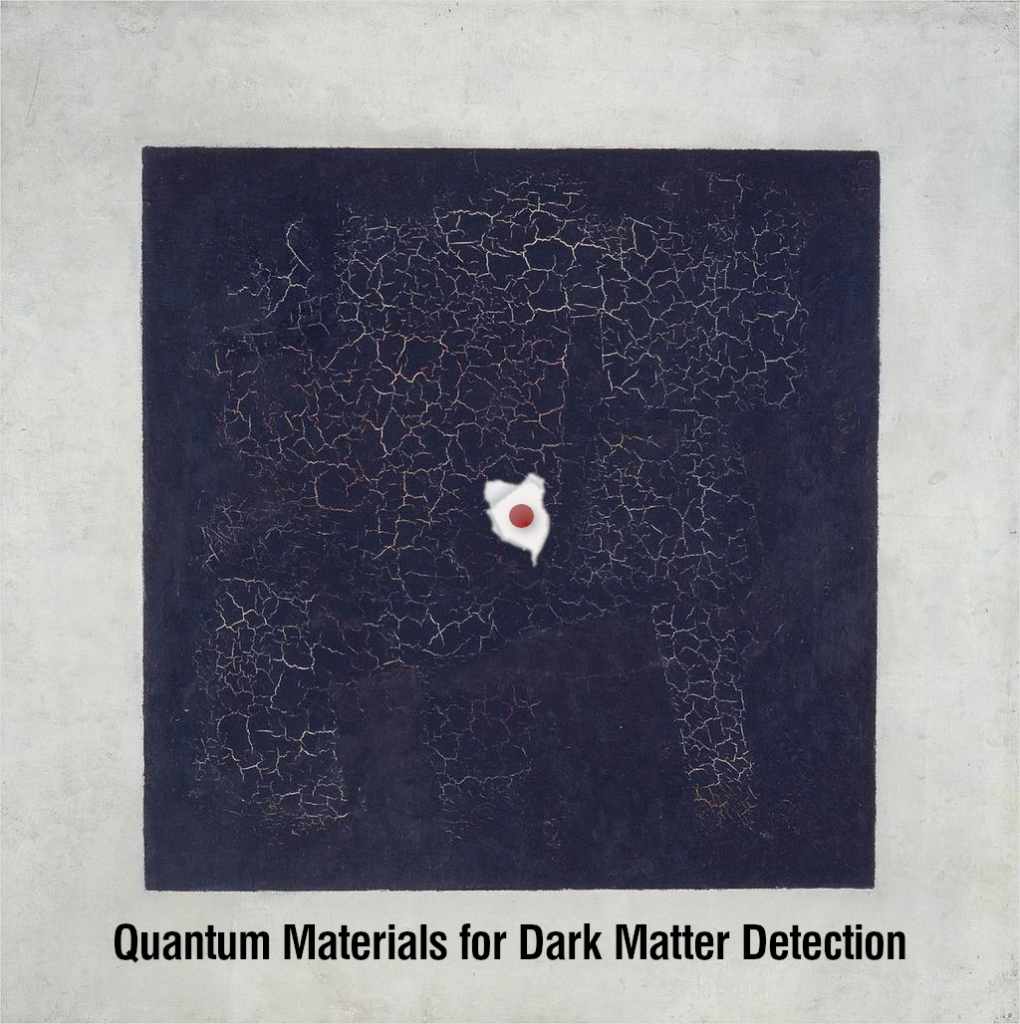Date: TBA
Venue: Nordita, Stockholm
Invited Speakers: Coming soon.
Organizers: Alexander Balatsky, Jan Conrad, Alfredo Ferella, Mathias Geilhufe, Felix Kalhoefer, Matthew Lawson
Motivation: Recently, the evidence for the existence of a significant component of matter in the Universe which is not visible by conventional telescopes has become indisputable. To date, the nature of this matter, coined dark matter (DM), is still unknown. Currently, the most popular theoretical model of dark matter introduces a new type of elementary particle created in the early Universe, dubbed Weakly Interacting Massive particle (WIMP). The predicted mass of WIMPs ranges from GeV to TeV, with an interaction strengths roughly on the weak scale. In recent years, searches for this GeV mass DM have reached sensitivities that probe the current paradigm and the absence of positive signals motivate the widening of the search window. One particular line of research is the focus on light and ultra-light dark matter, i.e. sub-GeV mass dark matter from a hidden dark sector with a new force interacting with the standard model or ultra-light DM with mass range from 10−22 eV to keV. The arguably most popular example of the latter class is the axion, invoked to solve the apparent absence of CP violation in Quantum Chromo Dynamics. Detection of these particles poses new challenges to potential sensor materials: very small energy depositions, magnetic properties and anisotropic response to particle interactions for example become crucial requirements. The challenge of finding suitable materials fits well with recent developments in solid state physics: Motivated by the exponential growth of computational power and the resulting data, we witness the rapid adoption of functional materials prediction within the framework of materials informatics. Here, methods adapted from computer science based on data-mining and machine learning are applied to identify materials with requested target properties.
Schedule:
TBD

